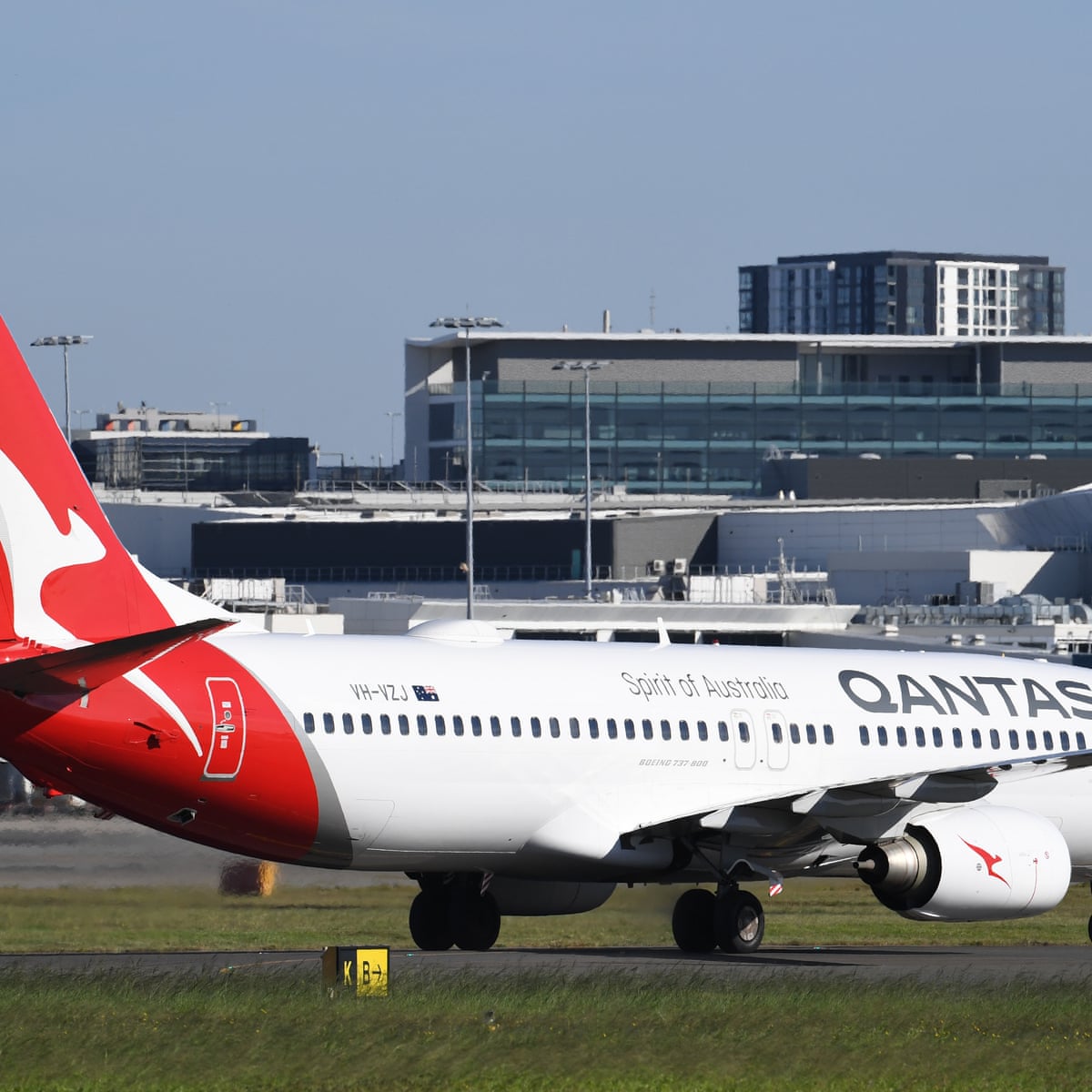The Qantas Group has posted its full year results for 2021, which indicates substantial losses of $1.83 billion before tax
The Qantas group has just released it full year results for this year, and the results are devastating.
The major airline has reported a massive loss of $1.83 billion before tax, or $2.35 billion after. The airline has already lost $12 billion as a result of the Covid-19 crisis.
Qantas CEO Alan Joyce said this morning, “total revenue lost since the start of the pandemic rose to around $16 billion – and it’s likely to exceed $20 billion by the end of this year.”
“International borders were essentially closed for the whole year, and there were only about 30 days when we didn’t face some level of domestic travel restrictions,” he added.
“These are big numbers. And they sum up what continues to be very tough time for this industry, this company, and our people.”
Alan Joyce
“When travel demand does return, we’ll be performing at a level that repairs the balance sheet quickly”
Despite sporadic border changes, the airline says that 95% of its domestic flying has remained cash positive, and its maintained a domestic market share of around 70%.
“Strategically, our position has never been clearer or stronger,” said Joyce.
Qantas also reported profits in its freight division driven by international yields. This can mostly be attributed by a growth in online shopping.
“This performance – in trading conditions that were frankly diabolical – gives us a lot of confidence about how the Qantas Group is going to perform as we put lockdowns behind us in the next few months.”
Alan Joyce
CEO stresses importance of vaccination for financial recovery
Joyce said that Australia’s national vaccine rollout “is key” to Qantas’ recovery.
“Getting more people vaccinated is critical to Australia opening up, and getting our planes and people back in the air,” he said.
The airline has already made it a requirement for all employees to get the jab. 80 percent of Qantas employees have already been vaccinated. This comes as other airlines penalise vaccinated employees.
Qantas is also looking to incentivise customers to get the vaccination by offering free Frequent Flyer points, status credits and flight discounts.
When will international travel reopen in Australia?
Joyce did deliver some positive news for Australians wanting to travel overseas, saying that he expects Qantas to resume international flights to countries with high vaccination rates from mid December. This will include Singapore, Japan, the US, the UK and New Zealand.
Flights to other destinations where the vaccination rate is lower will restart from April 2022 “at the earliest”. This will include Bali, Manila, Jakarta and Johannesburg.
Joyce said that the “biggest unknown” will be the quarantine requirements for reentering Australia.
“If it’s 14 days in a hotel, demand levels will be very low,” he said.
“We’re in regular discussion with the government and have shared our plans with them. While they don’t have a crystal ball either, they agree our broad assumptions are reasonable.”




 News5 days ago
News5 days ago


 Shows2 days ago
Shows2 days ago


 Leaders11 hours ago
Leaders11 hours ago


 Leaders11 hours ago
Leaders11 hours ago


 News5 days ago
News5 days ago


 Shows2 days ago
Shows2 days ago


 Shows4 days ago
Shows4 days ago


 Leaders5 days ago
Leaders5 days ago







